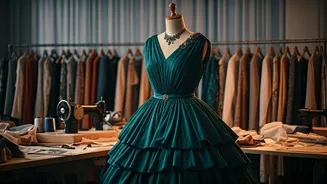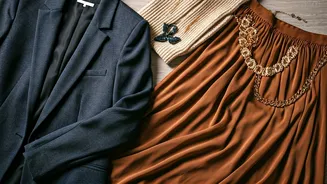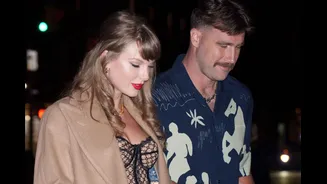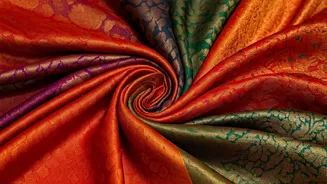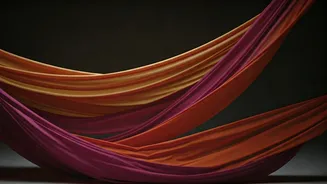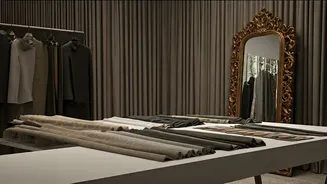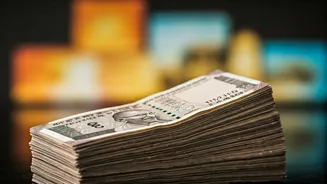Fashion's Historical Roots
Fashion's history is a fascinating story of cultural exchange and economic forces. Ancient civilizations, like Egypt and Greece, established early codes
of dress, frequently influenced by social hierarchy. Elaborate clothing indicated status, and specific styles and materials reflected religious beliefs and practical needs. The Silk Road facilitated the exchange of goods and ideas, introducing new fabrics and designs that influenced fashion across different regions. The Renaissance ushered in a period of opulence, with elaborate garments, luxurious fabrics, and a heightened emphasis on personal adornment. From the opulent courts of Europe to the rise of haute couture, fashion served as a reflection of societal shifts, technological advancements, and the ever-changing tastes of each era.
Key Fashion Trends
Over time, several fashion trends have marked specific eras. The Roaring Twenties saw the rise of the flapper style, characterized by loose silhouettes, dropped waists, and beaded embellishments, reflecting newfound freedoms and cultural shifts. The mid-20th century introduced the New Look by Christian Dior, which emphasized feminine curves with cinched waists and full skirts, a marked contrast from wartime restrictions. The 1960s brought forth the mod style, with bold colors, geometric patterns, and mini skirts, mirroring the spirit of youth and rebellion. The 1970s welcomed the disco era, marked by glamorous, flowing attire and platform shoes. More recently, the rise of streetwear has been dominant, with influences from hip-hop culture, graphic tees, and sneakers. These trends demonstrate the cyclical nature of fashion, with styles being reinvented and reinterpreted over time, influencing contemporary aesthetics.
Influential Fashion Figures
Throughout history, several individuals have had an enormous impact on the world of fashion. Coco Chanel revolutionized women's fashion by advocating for comfortable and practical designs, including the iconic little black dress and the Chanel suit. Christian Dior's New Look reshaped silhouettes and restored the elegance and luxury in the post-war period. Yves Saint Laurent challenged the norms with his androgynous designs, empowering women with a bolder expression of style. Designers like Alexander McQueen pushed boundaries with avant-garde collections and theatrical presentations. In recent years, designers like Virgil Abloh have revolutionized streetwear and elevated it to a high-fashion art form. These fashion icons have left a permanent mark, influencing designers and shaping the future of fashion. Their creativity continues to inspire new generations.
Fashion and Culture
Fashion acts as a mirror, reflecting the cultural values and social changes of any period. During times of war, clothing often becomes practical, while periods of prosperity lead to more elaborate and extravagant styles. The rise of globalization has facilitated the exchange of cultural influences, giving rise to fashion trends that embrace diversity. Fashion plays a role in activism, with designers and wearers using clothing as a means of expressing political views and social causes. The industry also addresses issues of sustainability and ethics, with brands exploring eco-friendly materials and promoting fair labor practices. In the evolving landscape, fashion plays a multifaceted role, going beyond aesthetics, and contributing to social and cultural dialogues.
The Future of Fashion
The future of fashion is constantly transforming. Technological advancements are changing how clothes are designed, produced, and consumed. 3D printing, virtual reality, and augmented reality are becoming part of the design process, allowing for more personalized and innovative approaches. Sustainability and ethical practices are becoming increasingly important, driving the development of new materials and production methods. The emphasis on inclusivity and diversity is reshaping the fashion industry, with more representation across different body types, ethnicities, and gender identities. The intersection of art, technology, and social consciousness is guiding the trajectory of fashion. The industry will continue to evolve, embracing new technologies, valuing sustainability, and celebrating diversity.
